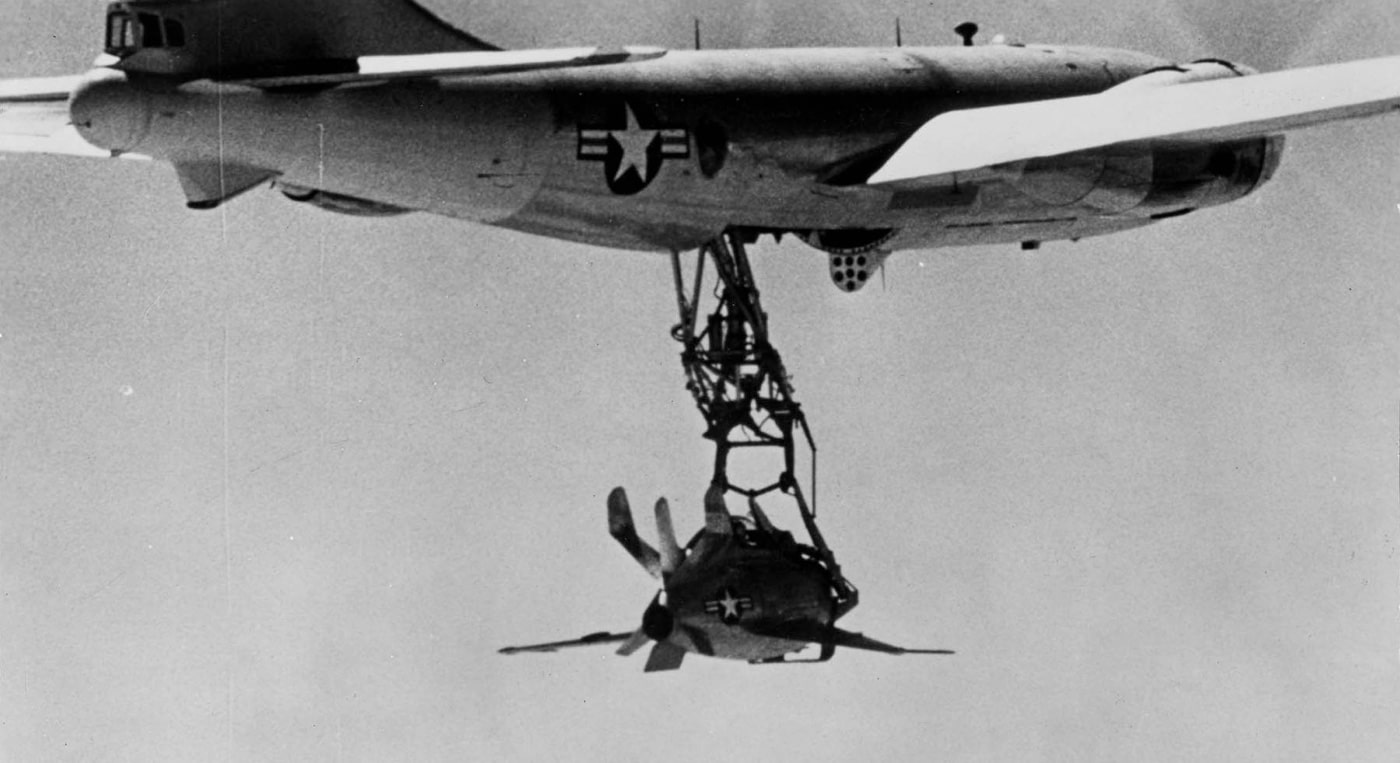The McDonnell XF-85 Goblin was a fascinating chapter in Cold War aviation, designed to protect long-range bombers by acting as a "parasite" fighter. Developed during an era when aircraft names like "Banshee" and "Demon" were in vogue, the Goblin took the concept of carrier-based fighter escort to new heights. Yet, the project was plagued by practical challenges. Despite the innovation inherent in its design, with the ability to launch and recover mid-air, only two prototypes were built before the idea was shelved — leaving it to attain a sort of mythical status among aviation enthusiasts. The XF-85 Goblin was created to address limitations of existing fighter escorts of World War II. Carried within bomb bays of America's massive bombers like the Convair B-36, the idea was to deploy these compact fighters in the face of enemy threat, doubling as protective escorts. A series of unsuccessful tests revealed significant issues with launching and recovering such fighters from bombers like the Boeing B-29 Superfortress, primarily due to air turbulence challenges that were not anticipated initially.

No comments:
Post a Comment